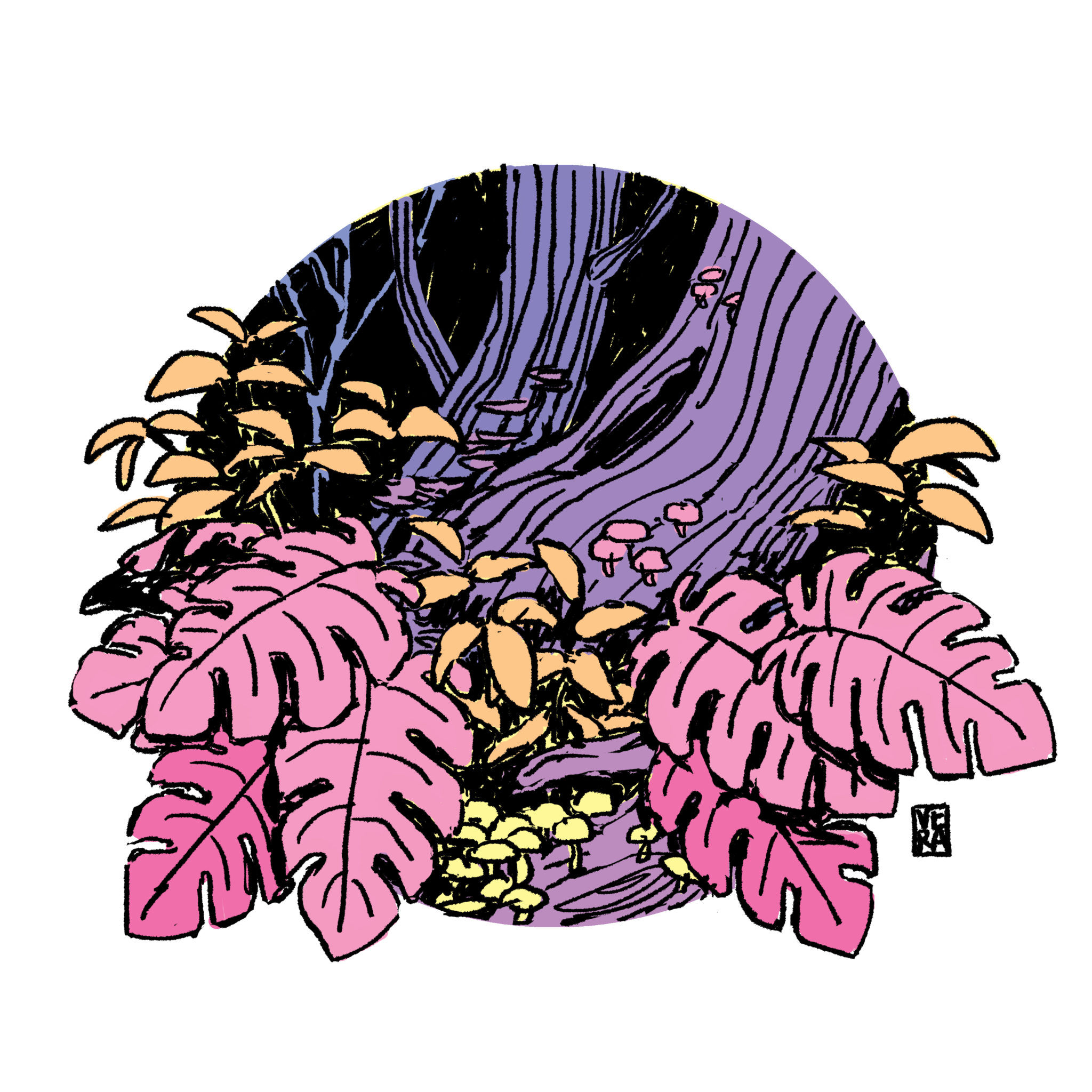
Scientists at the School of Forestry & Environmental Studies have discovered that a mechanism once thought to increase tropical forest diversity may, in some cases, have the opposite effect. They published their findings on Aug. 20 in the journal Ecology Letters.
Tropical forests are home to a massive number of tree species living side by side and competing for the same resources. Over the years, scientists have turned to a variety of explanations for this diversity. The Janzen-Connell hypothesis, the most prominent theory, stipulates that many tree species are able to coexist in tropical forests because of specific natural predators that limit each population’s growth.
As a species becomes more common, its natural predators find it more easily, and in effect prevent the tree species from becoming competitively dominant and wiping out others, said Liza Comita, a professor of tropical forest ecology at F&ES and co-author of the study.
While the Janzen-Connell theory is popular within the ecology community, it has been challenging to test experimentally, due to the long lifespan of trees and limited historical data, said Simon Stump, a postdoctoral researcher at F&ES and co-author of the study. But, when tested, the researchers found important exceptions to the rule.
“So, the old thinking of the Janzen-Connell hypothesis is that if every species has its own specialist natural enemies, then that should be able to help trees coexist,” Stump said. “And what we find is that while that is generally true, if some species are more susceptible to their natural enemies than others, that can actually be really damaging and can cause the weaker species to be defeated.”
Researchers created a theoretical model that captures competition among tree species, or as Stump describes it, “a caricature of the life of a tree.” They then tested data from a forest on Barro Colorado Island, the site of much of Comita’s work over the past two decades. The majority of predators, from pathogens to insects to herbivores, target closely related species, such as those within the same genus or family, Comita said.
“It’s basically simulating the process of tree death and replacement,” Comita said.
“So, when a tree dies, who’s going to take its place? Part of calculating who wins that fight is calculating whether or not it shares the same natural enemies as the individuals around it.”
The results indicate that tree species’ varying vulnerability to natural predators, ranging from fungi to insects, can in some cases have negative impacts on the survival of some tree species. These findings do not entirely overthrow the Janzen-Connell hypothesis, but they do complicate it, Stump said.
Comita said tree diversity is a fairly contentious topic in the field of ecology. Two groups have emerged: those who support the idea that natural enemies can explain the level of tree diversity and those who believe there is insufficient evidence supporting that broad claim. This paper is likely to add to that discourse, she said.
“Some people will be very positive about it, and I think some people might not want to believe it, because this is a hypothesis that some people really like, that’s very intuitive,” Comita said. “So the fact that we show that it’s more complicated, and the fact that we show that it’s not always a mechanism that maintains diversity, is probably going to be a little controversial.”
Barro Colorado Island was formed in the early 1900s, when engineers working on the Panama Canal constructed a dam that redirected the Chagres River.
Maya Chandra | maya.chandra@yale.edu







